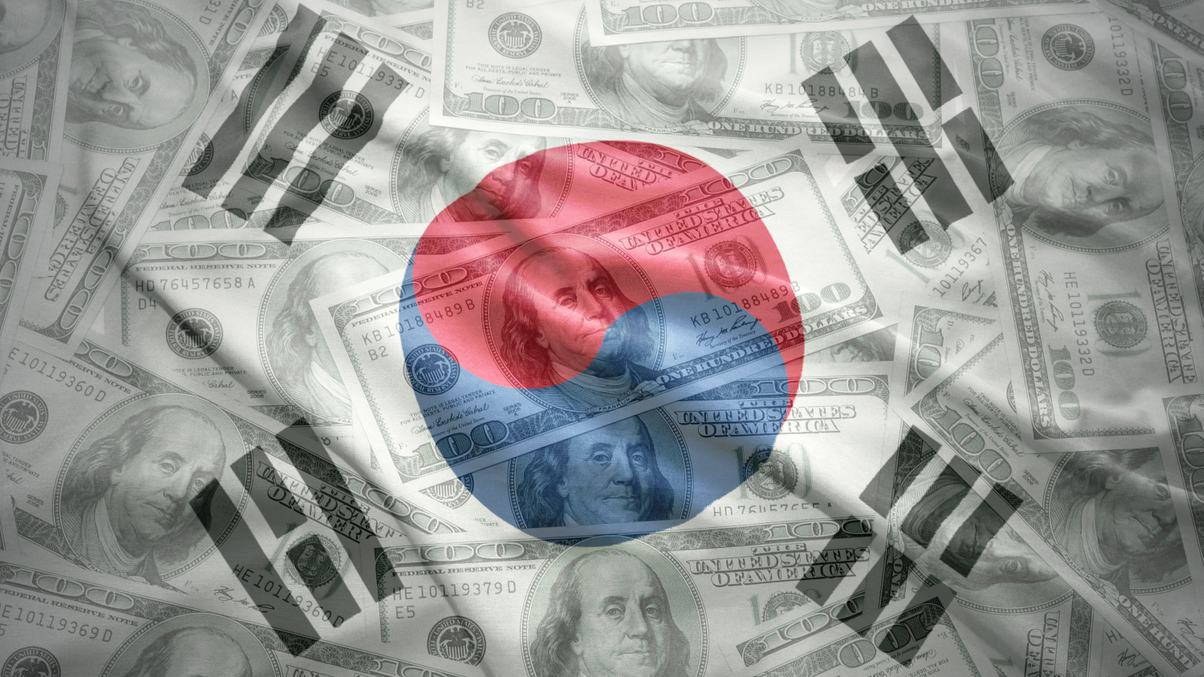AI300: Korea’s pension funds see feast turn to famine
Four pension funds fed on a booming local stock market to lock in large investment returns in 2017. But market volatility and trade concerns looks set to slow growth this year.

Korea's pension funds took full advantage of buoyant stock markets to swell their assets under managment (AUM) last year, according to AsianInvestor’s latest AI300 survey. But a combination of tougher market conditions and difficulties in recruiting executives, particularly for the giant National Pension Service (NPS), is likely to dampen AUM growth this year.
Sign in to read on!
Registered users get 2 free articles in 30 days.
Subscribers have full unlimited access to AsianInvestor
Not signed up? New users get 2 free articles per month, plus a 7-day unlimited free trial.
¬ Haymarket Media Limited. All rights reserved.


